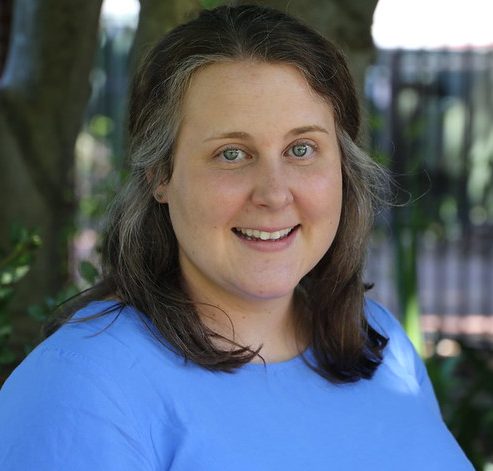The Digital Accessibility Office’s efforts to create an inclusive digital experience for everyone at UNC-Chapel Hill are chronicled on the website of a global tech company.
In September, Siteimprove, a Danish company that provides digital marketing optimization technology, published a customer case study about how the Digital Accessibility Office (DAO) is helping the campus community improve access to digital content.

Siteimprove aids work
In the article, Siteimprove, naturally, focuses on how the DAO’s work has been aided by a Siteimprove product — a website accessibility scanning tool that goes by the same name.
The DAO has been using the Siteimprove scanning tool for a year and a half. The tool helps content editors and developers prioritize and apply the guidelines that improve accessibility. Since January, the DAO also has been producing and distributing its own Siteimprove newsletter. Every quarter, campus users of the tool receive updates, accessibility-related tips, and information about services.
‘Exceeding expectations’
Siteimprove’s customer case study about the DAO’s efforts at Carolina is titled “Exceeding community-wide expectations in digital accessibility.” UNC-Chapel Hill, the article begins, “has created an accessibility strategy that spans across its individual colleges and embodies the system’s unique values. This is the story of how they did it.”
For the piece, Siteimprove interviewed Brad Held, who leads the DAO, and Sarah Arnold, one of three team members who, along with Held, make up the DAO.

Tool use expands
The customer case study recounts the DAO’s expanding use of the scanning tool. For starters, the DAO deployed it to monitor the sports, library and student accommodation websites. Then the tool helped the DAO address accessibility issues with the campus website template.
“When the web accessibility team first brought Siteimprove to Carolina, they were monitoring 125 sites. Today that total has grown to 206 and as the site count has grown, so too have the site scores,” the customer case study says.
Accessibility score improves
Then the article quotes Arnold on how Carolina’s accessibility score has “gone from 82.8 (160 sites) to 84.3 (206 sites).”
UNC-Chapel Hill, the article concludes, “began its journey facing a challenge common to many higher education institutions. But it’s the work done by the digital accessibility team that has exceeded OCR (the Department of Education’s Office of Civil Rights) expectations and left the university, its staff, and students in a stronger, more accessible environment for years to come.”
